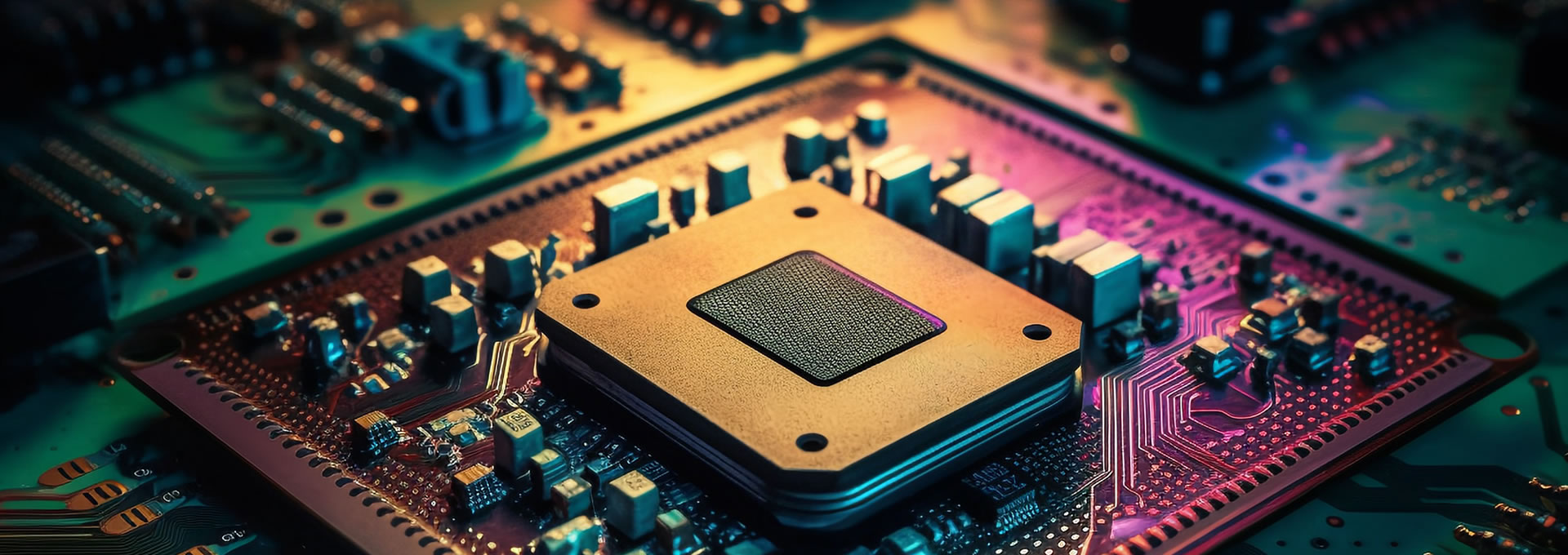
Information
dict2_description
What kind of product is integrated circuit English?
2025-03-09
5
Spot Integrated Circuit Query How should I choose?
2025-03-06
6
dict3_title
dict3_description



























